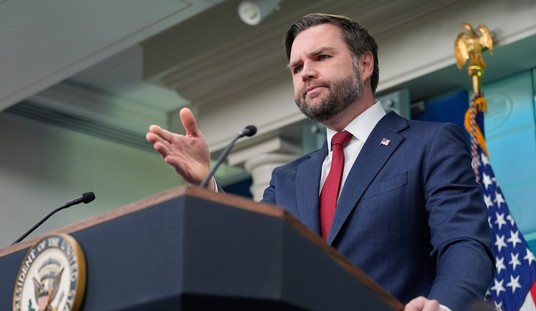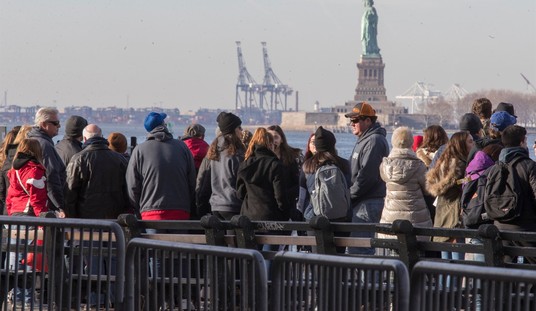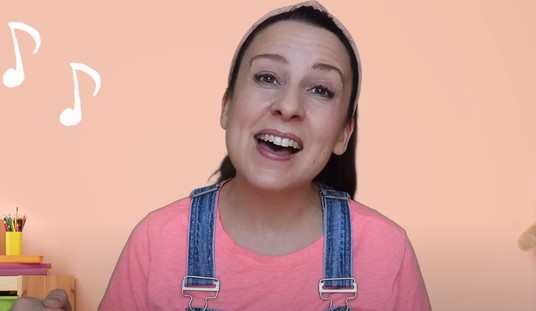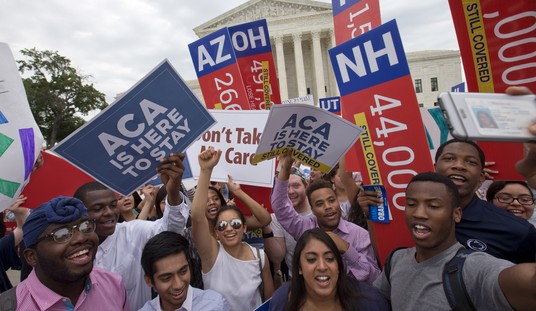=========
=========
Promoted from the diaries by streiff. Promotion does not imply endorsement.
=========
=========
Reposted from Real Clear Politics Sept. 11, 2018

U.S. Sen. Bernie Sanders, I-Vt, left, and Democratic gubernatorial hopeful Andrew Gillum hold hands during a campaign rally Friday, Aug. 17, 2018, in Tampa, Fla. (AP Photo/Chris O’Meara) (Photo did not appear on Real Clear Politics post.)
Several aspects of the face-off between the Democratic nominee for governor of Florida, Tallahassee Mayor Andrew Gillum and, as of Monday, former Republican Rep. Ron DeSantis are likely to be bellwethers signaling America’s political future.
Furthermore, look for the contest to feature passion and fireworks that will explode during the battle to lead the nation’s third most populous state. This epic race will be light-years beyond any normal, nasty, expensive gubernatorial election campaign because “liberal” Gillum and “conservative” DeSantis are stand-ins representing all that divides our nation.
Here is what the Florida gubernatorial race is really about:
1. The ballot box testing of left-leaning policies in a major state
Chief among the policies advocated by Gillum is “Medicare for all” (one step short of single-payer health care) with a corresponding increase in Florida’s corporate tax rate from 5.5 percent to 7.75 percent to foot the bill. Gillum also favors raising the minimum wage to $15 and abolishing ICE.
Since the day after Gillum’s surprise win, DeSantis has branded his opponent’s policies as “socialist.” Perhaps not surprisingly, a recent Gallup poll found that Democrats view socialism more favorably than capitalism.
2. A black candidate vying to be governor within a national environment of increased racial friction
Less than 24 hours after Gillum became the Democratic nominee, DeSantis was accused of injecting race into the campaign after using an inartful phrase in a Fox News interview. Addressing how Gillum’s left-leaning policies would harm the state’s favorable economy, DeSantis said, “The last thing we need to do is to monkey this up by trying to embrace a socialist agenda with huge tax increases and bankrupting the state.”
Gillum, who is African-American, initially responded to DeSantis’ “monkey it up” phrase by saying that it was “clear” his GOP rival “is going to join Donald Trump in the swamp.”
This week, the Washington Post raised the temperature by publishing a piece headlined “GOP candidate for Fla. governor spoke at racially charged events.” Expect race and related issues to launch many of the campaign’s most powerful fireworks as the GOP nominee is portrayed as a full-blown racist.
(Had “frontrunner” Gwen Graham won the Democratic primary, there likely would be headlines calling DeSantis a sexist.)
The good news for Gillum is that President Obama proved an African-American male can defeat a white Republican male in Florida — albeit by a small margin — because he did so twice: first in 2008, defeating John McCain by 2.8 percentage points, and again in 2012 when Obama won the Sunshine State over Mitt Romney by the razor-thin margin of nine-tenths of a percentage point.
3. The power of a changing, demographically diverse electorate
Gillum is on record saying his campaign can reach voters who are “blacker, browner, younger and poorer.” Does that mean he is reducing Florida’s electorate to identity groups who vote in lock-step for policies that provide more benefits? Bloc voting means more power. But the larger question is how a “blacker, browner, younger and poorer” electorate will impact the direction of our nation.
4. The absence of a “moderate” gubernatorial candidate
While Gillum unabashedly represents the left wing of the Democratic Party, DeSantis is considered far right with a voting record that places him among the 30 most conservative members in the House. In addition, the Miami Herald reportsthat DeSantis has voted 94 percent of the time with President Trump, who has proudly called the nominee one of his “warriors” — a compliment DeSantis used in his primary fundraising.
All this begs questions: Where will Florida’s middle-of-the-road voters go? And do moderate voters even exist in our polarized national political environment?
According to a post-primary Quinnipiac University poll showing the general election race tied, Florida voters have followed the two candidates to the left and right corners, leaving an empty middle. According to Peter A. Brown, assistant director at Quinnipiac, “97 percent of voters say they will vote for one of the two men, a highly unusual situation this far from the actual voting. Just as unusual, more than 90 percent of Gillum and DeSantis voters say they will not change their minds and are dead set in supporting the candidate they now favor.”
It appears that we don’t have to worry about where “moderate” voters will go … because they have already gone.
5. For DeSantis, a large deficit of female voters reflects the national trend away from the GOP
According to the same Quinnipiac poll, there are significant racial and gender gaps between the two candidates.
Men back DeSantis by a margin of 52 percent to 45 percent. Women support Gillum, 55 percent to 42 percent. White voters support DeSantis, 52 percent to 45 percent, while black voters overwhelmingly are voting for Gillum, 93 percent to 2 percent.
A bright spot for DeSantis is that Hispanic voters, who constituted 18 percent of the electorate in 2016, are backing the Republican by 56 percent to 43 percent. Florida’s traditionally pro-GOP Cubans voters account for most of this tilt.
6. Gillum vs. DeSantis serves as a backdrop and testing ground for the 2020 presidential election
Florida is President Trump’s second “home state,” and his impact on the GOP primary race was clear: DeSantis won in a landslide by enthusiastically embracing and defending Trump ad nauseam.
Undoubtedly, if Gillum defeats DeSantis, then Trump will share the loss. Moreover, if Trump “loses Florida” in 2018, that shows his vulnerability heading into his 2020 reelection campaign in a state he only won by 1.2 percentage points in 2016.
A flashing warning sign for the Trump/ DeSantis “ticket” is that Quinnipiac found Independent voters supporting Gillum by 13 percentage points. Losing Independents and losing women by double digits usually means you lose.
7. Trump vs. Obama, coming soon to Florida
Will former President Obama campaign for Gillum? Will Trump campaign for DeSantis?
Most likely, yes, since both men are now on the midterm warpath and there is no target richer than Florida, the nation’s largest swing state. If elected, Gillum would be Florida’s first African-American governor, and surely Obama wants a role in helping to achieve that milestone. Meanwhile, as mentioned above, Trump is personally vested in DeSantis as proof that he himself could again win Florida’s 29 electoral votes. As a result, the fireworks could go nuclear when POTUSes 45 and 44 hit the trail.













Join the conversation as a VIP Member